- Refrigerator Storage: Keeping Garlic Fresh and Flavorful
- Here are some tips for refrigerating garlic:
- Freezing: Extend the Shelf Life of Garlic with Ease
- Drying: Preserve the Aroma and Taste of Garlic
- Method 1: Air Drying
- Method 2: Oven Drying
- Method 3: Dehydrator Drying
- Method 4: Microwave Drying
- Method 5: Sun Drying
- Method 6: Stringing
- Method 7: Garlic Powder
- Pickling Garlic: Tangy and Versatile Preservation Method
- How to Pickle Garlic
- Uses for Pickled Garlic
- Benefits of Pickled Garlic
- Garlic Oil: Infusing Flavor into Your Culinary Creations
- 1. Frying with Garlic Oil
- 2. Marinating with Garlic Oil
- 3. Drizzling Garlic Oil over Salads
- 4. Roasting Vegetables with Garlic Oil
- 5. Dipping Bread in Garlic Oil
- 6. Making Garlic Oil Vinaigrettes
- 7. Storing Garlic Oil Properly
- Garlic Powder: Convenient and Long-lasting Seasoning Option
- Convenience
- Long Shelf Life
- Easy to Use
- Versatile Application
- Enhances Flavor
- Adjustable Intensity
- Perfect for Dehydrated Garlic Enthusiasts
- Conclusion
- Roasted Garlic: Enhance Your Dishes with a Rich and Mellow Flavor
- The Roasting Process
- Using Roasted Garlic
- Benefits of Roasted Garlic
- “Question-Answer”
- What are some creative methods for storing garlic?
- How long does garlic last when stored in different ways?
- What should I consider when choosing a method for storing garlic?
- Can I store garlic in the pantry?
- What are the benefits of storing garlic in olive oil?
- “Video” How to Preserve Garlic (3-ish ways to store garlic long-term)
Garlic is a versatile and essential ingredient in many cuisines around the world. It adds a distinct flavor and aroma to dishes and is known for its numerous health benefits. However, if not stored properly, garlic can spoil quickly and lose its flavor. In this article, we will explore seven delicious and creative methods for storing garlic to preserve its freshness and enhance its flavor.
1. Braiding: One of the most traditional methods of storing garlic is by braiding the bulbs together. This not only keeps the garlic organized but also allows for good air circulation, which helps prevent spoilage. Simply tie the garlic bulbs together with a string or twine, making sure to leave some space between each bulb.
2. Mason Jars: If you prefer a more rustic look, storing garlic in mason jars is a great option. Place the garlic bulbs in a clean and dry jar, ensuring that they are not touching each other. Store the jars in a cool and dark place, like a pantry or cupboard.
3. Garlic Keeper: A garlic keeper is a specialized container that helps regulate moisture and temperature to keep garlic fresh for longer. These containers are typically made from clay or ceramic and have holes or vents for optimal airflow. Simply place the garlic bulbs inside the keeper and keep it in a cool and dry place.
4. Freezing: Freezing garlic is an excellent method for long-term storage. Start by peeling the garlic cloves, then mince or chop them into small pieces. Place the garlic in an airtight container or freezer bag and freeze it. You can also freeze whole garlic cloves. When needed, simply take out the desired amount and let it defrost.
5. Pickling: Pickling garlic not only extends its shelf-life but also adds a tangy and flavorful kick to your dishes. Start by peeling the garlic cloves and blanching them in boiling water for a minute. Then, place the cloves in a jar and cover them with a pickling brine made from vinegar, water, salt, and spices of your choice. Store the jar in the refrigerator for at least two weeks before using.
6. Oil Infusion: Infusing garlic in oil is a popular method for storing garlic and adding its flavor to dishes. Start by peeling the garlic cloves and heating them in olive oil over low heat for about 10 minutes. Allow the garlic and oil to cool before transferring them to a sterilized jar. Store the jar in the refrigerator, and the infused oil can be used for cooking or as a flavorful topping.
7. Drying: Drying garlic is another great way to preserve it for an extended period. Start by peeling the garlic cloves and slicing them into thin slices. Arrange the slices on a drying rack or a baking sheet and let them dry in a well-ventilated area for about two to three weeks. Once dried, store the garlic slices in an airtight container in a cool and dark place.
In conclusion, there are many delicious and creative methods for storing garlic, each offering its own unique flavor and preservation benefits. Whether you prefer braiding, pickling, or freezing, these methods will ensure that you have fresh garlic on hand whenever you need it.
Refrigerator Storage: Keeping Garlic Fresh and Flavorful
One of the best ways to store garlic and keep it fresh for a longer duration is to use the refrigerator. With the right storage method, you can ensure that your garlic stays flavorful and ready to use whenever you need it.
Here are some tips for refrigerating garlic:
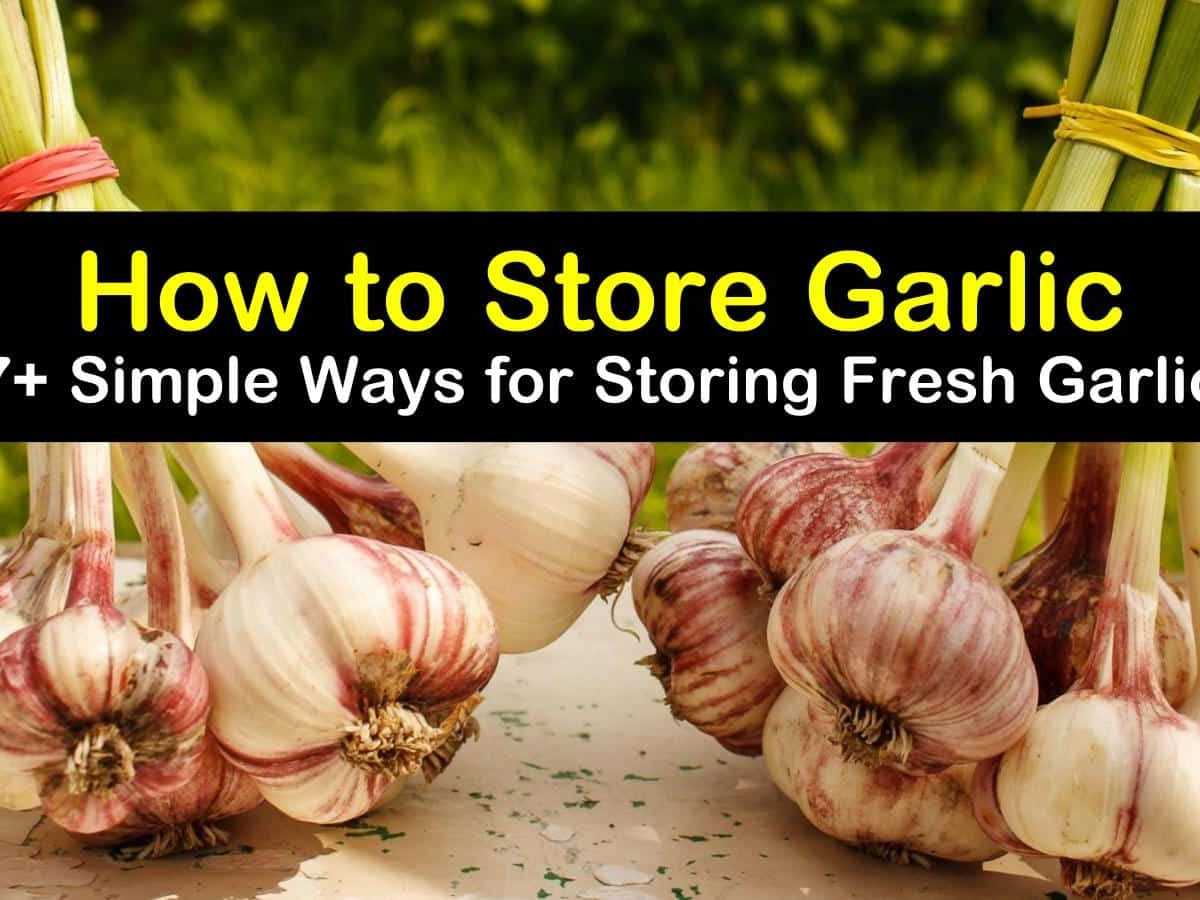
- Choose the right garlic: Select fresh, firm garlic bulbs with unbroken skin. Avoid garlic cloves that are soft, sprouted, or have moldy spots.
- Leave the skin intact: Keep the skin on the garlic bulbs to protect them from drying out and to preserve their flavors.
- Wrap in a paper towel: Place the garlic bulbs in a paper towel and gently wrap them. This will help absorb excess moisture and prevent molding.
- Place in a breathable bag or container: Transfer the wrapped garlic bulbs to a breathable bag or container, such as a mesh bag or a paper bag with holes. This will allow air circulation and prevent the garlic from rotting.
- Store in the vegetable crisper: Place the bag or container of garlic in the vegetable crisper drawer of your refrigerator. The cool and dark environment will help maintain the freshness and flavor of the garlic.
- Avoid storing near strong-smelling foods: Garlic has a strong odor that can easily transfer to other foods. To prevent this, store garlic away from other strongly scented foods.
By following these simple steps, you can extend the shelf life of your garlic and ensure that it remains fresh, flavorful, and ready to enhance your culinary creations.
Freezing: Extend the Shelf Life of Garlic with Ease
If you have a surplus of garlic and want to extend its shelf life, freezing is a simple and convenient method. Freezing garlic not only helps to preserve its flavor but also saves you time and effort in the kitchen. Here are some easy steps to freeze garlic:
- Peel and separate the cloves: Start by peeling the garlic cloves and separating them from the bulb.
- Chop or mince: Depending on your preference, you can either chop the cloves into small pieces or mince them finely.
- Option 1: Freezing in oil: Place the chopped or minced garlic in an airtight container or ice cube tray. Cover the garlic with vegetable or olive oil, ensuring that all the pieces are submerged. Seal the container or ice cube tray and place it in the freezer. This method is perfect for conveniently adding frozen garlic to your dishes.
- Option 2: Freezing without oil: Spread the chopped or minced garlic on a baking sheet lined with parchment paper. Place the baking sheet in the freezer and allow the garlic to freeze solid. Once frozen, transfer the garlic into an airtight container or freezer bag. This method is ideal for storing individual portions of frozen garlic.
When using frozen garlic, there’s no need to thaw it before using it in your recipes. You can directly add the frozen garlic to soups, stews, stir-fries, or any other dish that requires garlic.
Frozen garlic can last for up to 12 months in the freezer. Make sure to label your containers or bags with the date of freezing to keep track of its freshness.
| Convenience | Flavor retention | Extended shelf life |
|---|---|---|
| Freezing garlic allows you to have it readily available in your freezer, saving you time and effort in the kitchen. | When properly frozen, garlic maintains its flavor and aroma, so you can enjoy the full taste in your dishes. | By freezing garlic, you can keep it fresh for a longer period, ensuring that your supply doesn’t go to waste. |
Freezing garlic is a fantastic way to store the surplus and make sure you have it on hand whenever you need it. Try this convenient method and enjoy the benefits of having frozen garlic at your fingertips!
Drying: Preserve the Aroma and Taste of Garlic
Drying garlic is one of the most popular methods to preserve its aroma and taste. By removing the moisture from the garlic cloves, you can store them for a long time without losing their flavor. Here are some methods you can try:
Method 1: Air Drying
Air drying is a simple and traditional way to dry garlic. Start by separating the garlic cloves and placing them in a single layer on a wire rack or a mesh tray. Make sure there is enough airflow around the cloves. Leave them in a well-ventilated area for several weeks until the cloves are completely dry and brittle. Then, store the dried cloves in an airtight container.
Method 2: Oven Drying
If you want to speed up the drying process, you can use your oven. Preheat the oven to its lowest setting, usually around 150°F (65°C). Slice the garlic cloves thinly and place them on a baking sheet lined with parchment paper. Put the baking sheet in the oven and leave the door slightly ajar to allow moisture to escape. Check the garlic slices regularly and remove them when they are dry, crispy, and slightly golden. Let them cool before storing in an airtight container.
Method 3: Dehydrator Drying
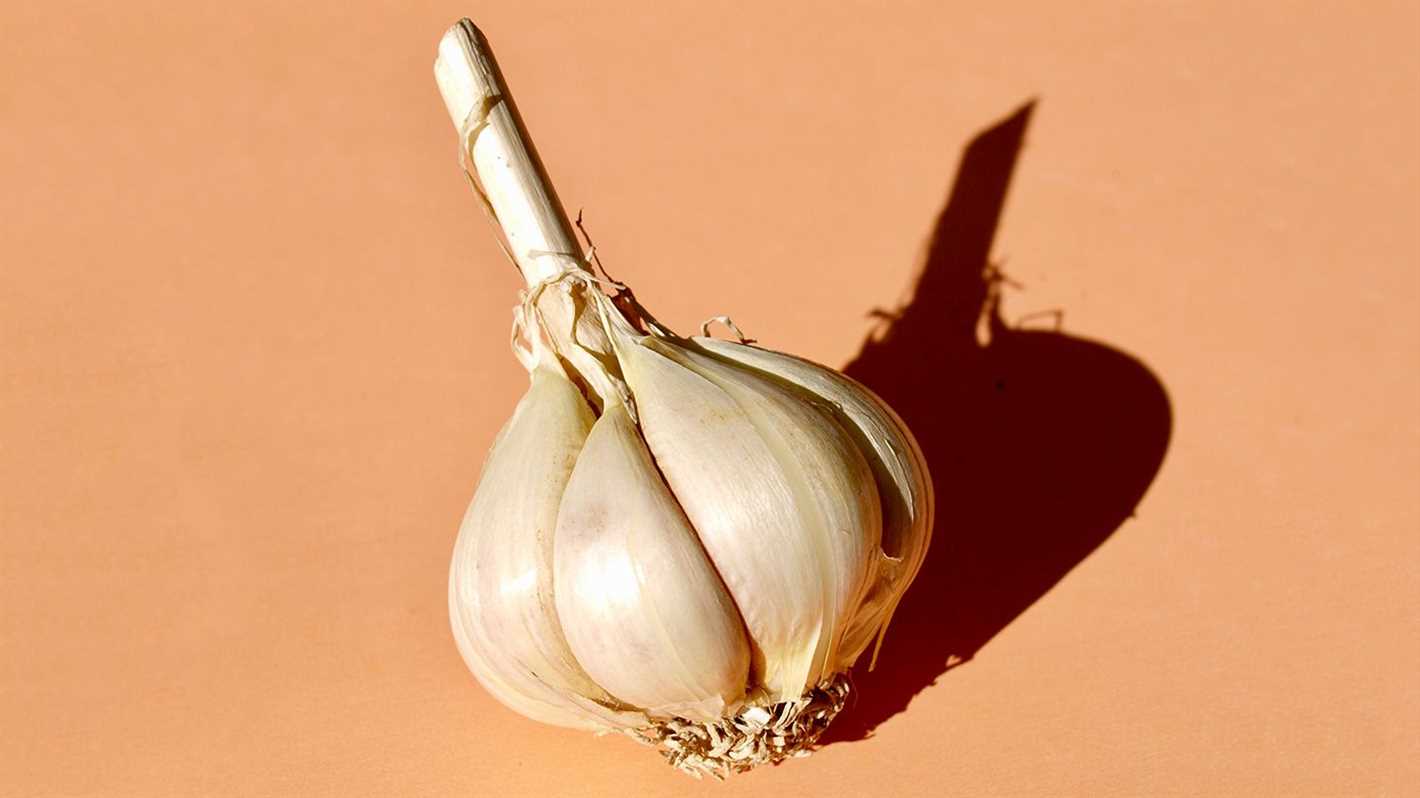
A food dehydrator is a convenient option for drying garlic. Follow the manufacturer’s instructions for your specific dehydrator model. Generally, you would slice the garlic cloves and arrange them on the dehydrator trays, leaving space between the slices for proper airflow. Set the dehydrator to the recommended temperature, usually around 115°F (46°C), and let it run until the garlic slices are completely dry. Store the dried garlic slices in an airtight container.
Method 4: Microwave Drying
If you’re in a hurry, you can use a microwave to dry garlic. Slice the cloves thinly and arrange them in a single layer on a microwave-safe plate. Set the microwave to 50% power and microwave the garlic slices in short intervals, checking them frequently. Stir and turn the slices between intervals to ensure even drying. The microwaving process should take around 5-8 minutes, depending on the power of your microwave. Let the garlic slices cool before storing them in an airtight container.
Method 5: Sun Drying
Sun drying is another traditional method for drying garlic. This method is best suited for areas with hot and dry climates. Separate the garlic cloves and place them on a wire rack or a mesh tray. Make sure to protect the garlic from dust and insects by covering it with a breathable cloth. Put the garlic out in direct sunlight and leave it for several days until the cloves are completely dry. Transfer the dried cloves to an airtight container for storage.
Method 6: Stringing
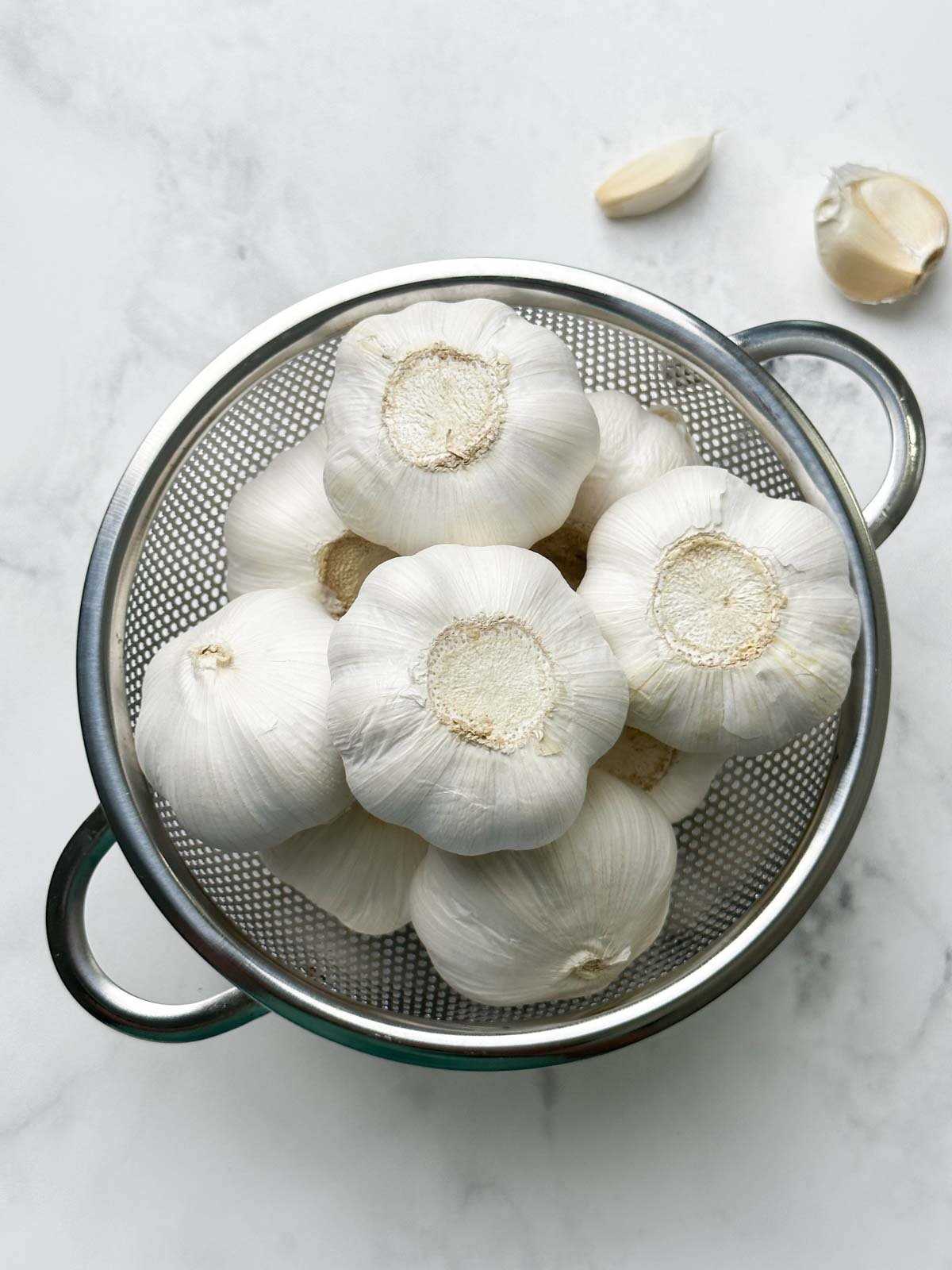
Stringing is a unique way to dry garlic and create decorative garlic braids. Start by tying a knot at the end of a sturdy string. Thread the garlic cloves onto the string by piercing them through the stem end with a needle or skewer. Leave some space between the cloves to allow for airflow. Hang the garlic braid in a dry and well-ventilated area. The cloves will naturally dry and harden as they hang. Store the garlic braid in a cool, dry place.
Method 7: Garlic Powder
Another option for preserving garlic is to make garlic powder. Peel and slice the garlic cloves into thin slices. Arrange the slices on a baking sheet and place them in the oven at the lowest setting. Toast the garlic slices until they are completely dry and crispy. Transfer the dried slices to a spice grinder or blender and process them until you obtain a fine powder. Store the garlic powder in an airtight container.
With these various drying methods, you can easily preserve the aroma and taste of garlic and enjoy its delicious flavor in your recipes all year round.
Pickling Garlic: Tangy and Versatile Preservation Method
One delicious and creative method for preserving garlic is pickling. Pickled garlic is a tangy and versatile ingredient that can be used in a variety of dishes. Whether you’re a garlic lover or just looking to add some zing to your meals, pickled garlic is a great option.
How to Pickle Garlic
Pickling garlic is a simple process that requires just a few ingredients:
- Garlic cloves
- Vinegar (white vinegar or apple cider vinegar work well)
- Water
- Salt
- Optional: herbs and spices for flavor (such as dill, peppercorns, or red pepper flakes)
To pickle garlic, follow these steps:
- Peel the garlic cloves and place them in a clean jar or container.
- In a small saucepan, combine equal parts vinegar and water. Add a pinch of salt and any desired herbs or spices.
- Bring the mixture to a boil, then reduce the heat and simmer for a few minutes.
- Pour the hot liquid over the garlic cloves, making sure they are completely covered.
- Let the pickled garlic cool to room temperature, then cover the jar or container and refrigerate.
Uses for Pickled Garlic
Pickled garlic can be enjoyed in a variety of ways:
- Slice pickled garlic and use it as a topping for salads, sandwiches, or burgers.
- Mince pickled garlic and add it to marinades or dressings for an extra burst of flavor.
- Chop pickled garlic and mix it into dips, spreads, or salsas for a tangy kick.
- Enjoy pickled garlic on its own as a savory snack.
Benefits of Pickled Garlic
Pickled garlic not only adds a tangy and delicious flavor to your dishes, but it also offers some health benefits:
- Garlic is known for its potential antioxidant and antimicrobial properties, which may support immune health.
- Pickled garlic can help to boost the flavor of dishes without the need for additional salt or sodium.
- Garlic is low in calories and can be a tasty way to add flavor to your meals while keeping your calorie intake in check.
| Ingredients | Instructions |
|---|---|
| 1 cup garlic cloves, peeled | 1. Place garlic cloves in a clean jar or container. |
| 1 cup white vinegar | 2. In a small saucepan, combine vinegar, water, and salt. Bring to a boil. |
| 1 cup water | 3. Reduce heat and simmer for a few minutes. |
| 1 teaspoon salt | 4. Pour the hot liquid over the garlic cloves, covering them completely. |
| Optional: herbs and spices | 5. Let the pickled garlic cool to room temperature, then cover and refrigerate. |
Garlic Oil: Infusing Flavor into Your Culinary Creations
Garlic oil is a versatile ingredient that can elevate the taste of any dish. Whether you’re sautéing vegetables, marinating meat, or drizzling it over a salad, garlic oil adds a deliciously intense flavor that is sure to impress. Here are some creative ways to use garlic oil in your cooking:
1. Frying with Garlic Oil
If you love the taste of garlic but don’t want it to overpower your dish, frying with garlic oil is the way to go. Heat a small amount of garlic oil in a pan and sauté your ingredients as usual. The oil will infuse the food with a subtle garlic flavor without being too strong.
2. Marinating with Garlic Oil
Garlic oil is a fantastic base for marinating meat or vegetables. Simply combine garlic oil with your preferred herbs and spices, and let your ingredients soak in the mixture for at least an hour. The garlic oil will infuse the flavors into your food, resulting in a deliciously moist and aromatic dish.
3. Drizzling Garlic Oil over Salads
If you’re looking to add an extra kick to your salads, drizzle some garlic oil over the top. It adds a distinct garlic flavor that pairs well with fresh greens and vegetables. You can also use it as a substitute for traditional salad dressings.
4. Roasting Vegetables with Garlic Oil
Roasting vegetables with garlic oil is a simple yet incredibly flavorful way to prepare them. Toss your vegetables in garlic oil, sprinkle with salt and pepper, and roast them in the oven. The result is perfectly cooked vegetables with a rich and fragrant garlic taste.
5. Dipping Bread in Garlic Oil
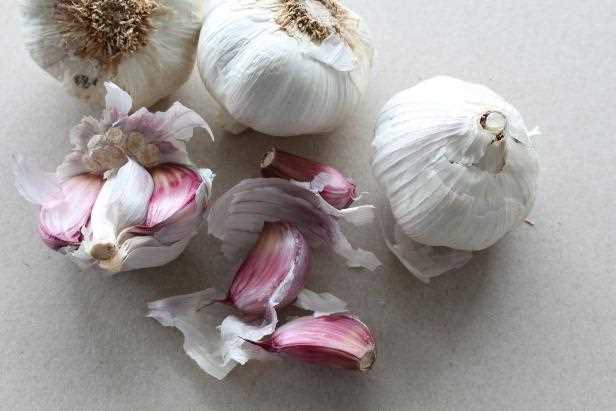
Garlic oil makes an excellent dipping sauce for bread. Simply combine garlic oil with some herbs, such as oregano or rosemary, and dip your bread into the mixture. It’s a quick and easy way to transform plain bread into a delicious and aromatic appetizer.
6. Making Garlic Oil Vinaigrettes
Instead of using store-bought vinaigrettes, create your own by mixing garlic oil with vinegar or lemon juice. Add some honey or Dijon mustard for sweetness and tanginess. The result is a homemade vinaigrette with a strong garlic flavor that will take your salads to the next level.
7. Storing Garlic Oil Properly
To ensure the freshness and flavor of your garlic oil, store it in a cool, dark place, away from direct sunlight. Make sure to use airtight containers to prevent oxidation and spoilage. It’s also recommended to consume the oil within a few weeks to enjoy its full taste.
| Benefits | Uses |
|---|---|
|
|
Garlic Powder: Convenient and Long-lasting Seasoning Option
Garlic powder is a versatile ingredient that adds flavor to a variety of dishes. It is made by dehydrating and grinding fresh garlic cloves into a fine powder. This convenient seasoning option offers several benefits, including convenience, long shelf life, and ease of use.
Convenience
Garlic powder is a convenient alternative to fresh garlic, especially when you are short on time or don’t have fresh garlic on hand. It eliminates the need for peeling, mincing, and cleaning up garlic cloves, making it a time-saving option for busy cooks.
Long Shelf Life
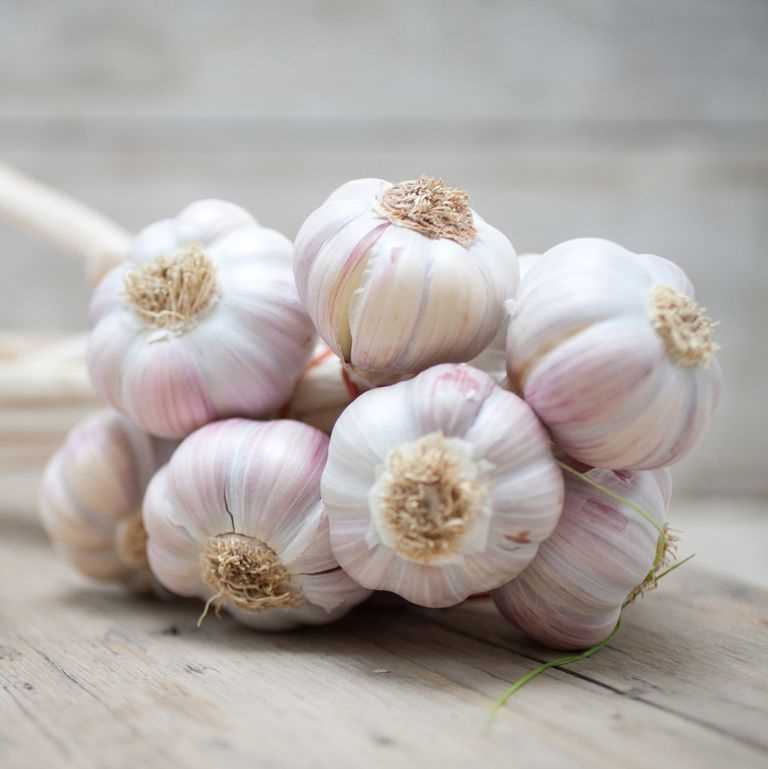
One of the significant advantages of garlic powder is its long shelf life. When stored in a cool, dry place, it can last for up to a year without losing its flavor or quality. This prolonged shelf life makes it a pantry staple that can be stocked for extended periods without worries of spoilage.
Easy to Use
Using garlic powder is straightforward and hassle-free. All you need to do is sprinkle the desired amount directly onto your dish while cooking or add it to marinades, dressings, sauces, and rubs. It blends seamlessly into recipes, ensuring an even distribution of garlic flavor throughout the dish.
Versatile Application
Garlic powder can be used in a wide range of dishes, including soups, stews, stir-fries, roasted vegetables, and meat preparations. Its ability to add a subtle garlic flavor without the texture of fresh garlic makes it a favorite seasoning option for many.
Enhances Flavor
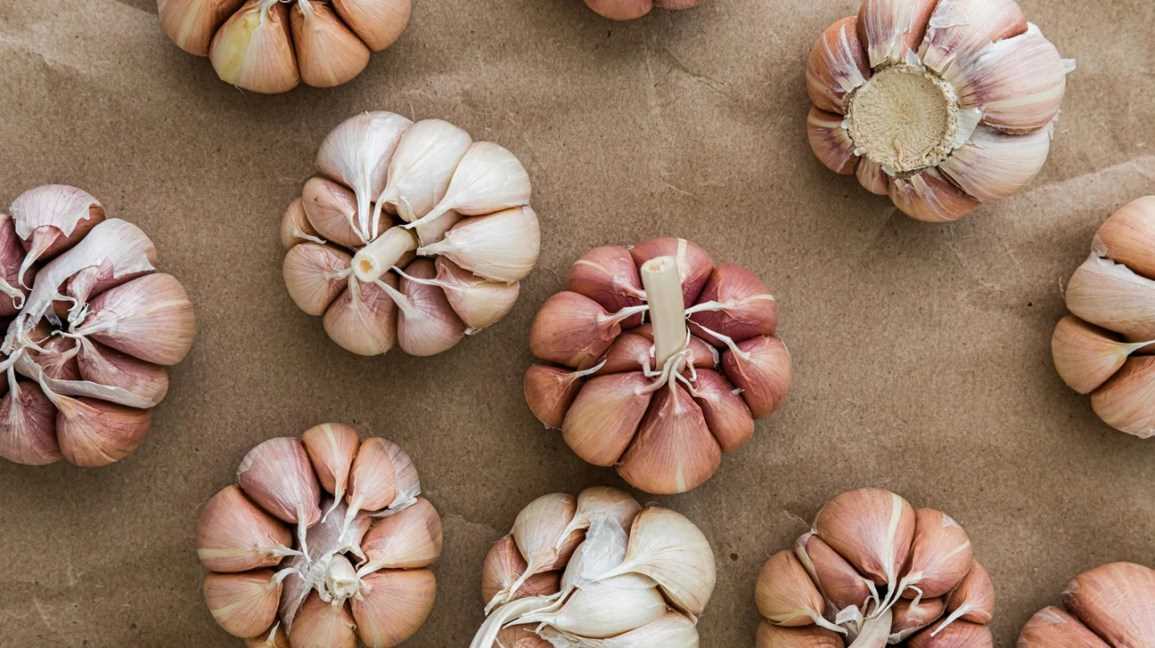
Garlic powder offers a concentrated flavor and aroma that enhances the taste of your dishes. It adds a rich and savory garlic taste to sauces, gravies, and seasonings. Additionally, it can be used as a flavor booster in spice mixes, rubs, and homemade condiments.
Adjustable Intensity
One of the advantages of using garlic powder is the ability to control the intensity of garlic flavor in your dishes. You can easily adjust the amount of powder depending on your preferences, ensuring that the dish is perfectly seasoned to your taste.
Perfect for Dehydrated Garlic Enthusiasts
If you enjoy the flavor of dehydrated garlic, garlic powder is an ideal option. It offers the same pronounced taste but in a powdered form, making it easy to incorporate into your favorite recipes.
Conclusion
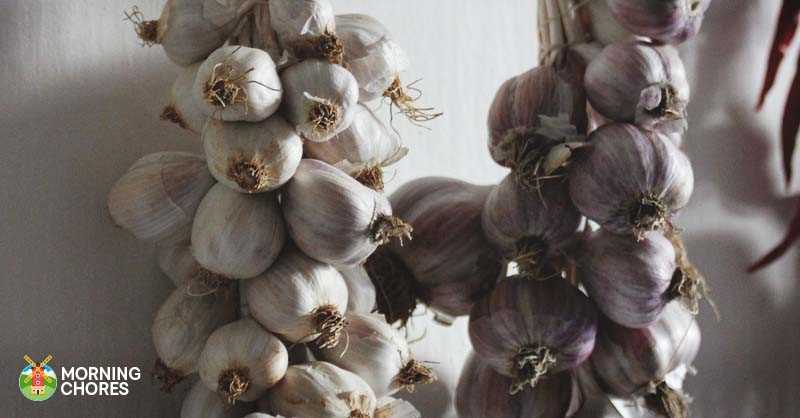
Garlic powder is a convenient and long-lasting seasoning option that adds a burst of flavor to your dishes. Its versatility, ease of use, and extended shelf life make it a must-have in every pantry. Whether you are a busy cook or a garlic enthusiast, garlic powder is a fantastic ingredient to elevate the taste of your culinary creations.
Roasted Garlic: Enhance Your Dishes with a Rich and Mellow Flavor
Roasted garlic is a simple yet incredibly versatile ingredient that can take your dishes to the next level. With its rich and mellow flavor, roasted garlic adds depth and complexity to a wide range of recipes. Whether you’re cooking a savory main course or a flavorful side dish, roasted garlic is sure to impress your taste buds.
The Roasting Process
To roast garlic, start by preheating your oven to 400°F (200°C). Slice off the top of a whole garlic bulb to expose the cloves. Drizzle the bulb with olive oil, making sure to coat it evenly. Wrap it tightly in aluminum foil and place it in the oven for about 40 minutes, or until the cloves are soft and golden brown.
Using Roasted Garlic
Once the garlic is roasted, the cloves will become soft and creamy, with a mild and slightly sweet flavor. You can use roasted garlic in many ways:
- Spread it on bread: Mash the roasted cloves and spread them on toasted bread for a simple and delicious garlic bread.
- Mix it in mashed potatoes: Stir roasted garlic into mashed potatoes for a flavorful twist on a classic side dish.
- Add it to sauces: Blend roasted garlic into tomato sauces or creamy pasta sauces for an extra dimension of flavor.
- Stir it into soups: Add roasted garlic to soups and stews for a rich and mellow taste.
- Toss it with roasted vegetables: Mix roasted garlic with roasted vegetables like potatoes, carrots, and Brussels sprouts for a delicious side dish.
- Blend it into dips and spreads: Incorporate roasted garlic into hummus, aioli, or cream cheese for a flavorful dip or spread.
- Use it as a topping: Garnish pizzas, salads, or grilled meats with roasted garlic for an extra burst of flavor.
Benefits of Roasted Garlic
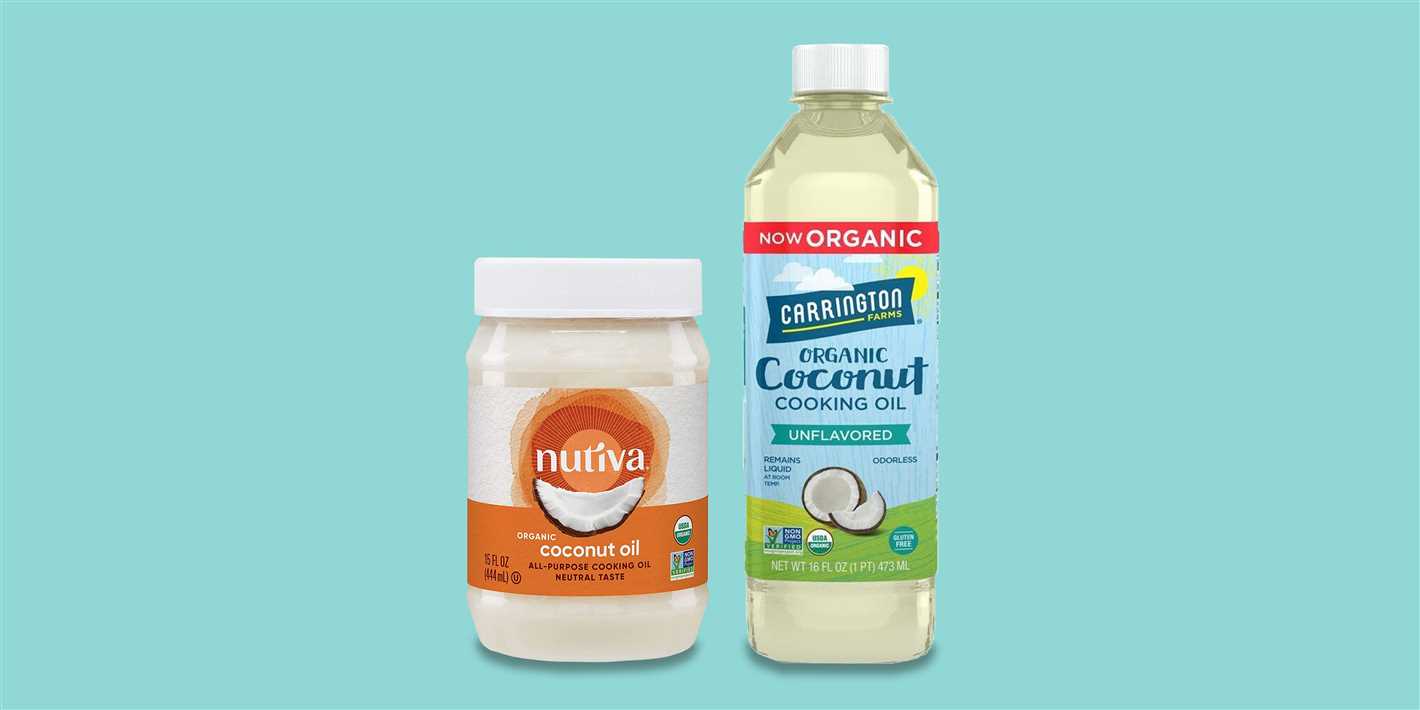
In addition to its amazing flavor, roasted garlic also offers several health benefits. It contains antioxidants that can help boost your immune system and reduce the risk of certain diseases. Roasted garlic is also known for its anti-inflammatory properties and may help lower cholesterol levels. Furthermore, garlic has been used for its medicinal properties for centuries, known for its potential to promote heart health and regulate blood pressure.
Next time you’re looking to elevate the flavor of your dishes, don’t forget to roast some garlic. Its rich and mellow taste will transform your recipes and impress your guests. Enjoy exploring the many ways to use roasted garlic and savor the complexity it brings to your favorite meals.
“Question-Answer”
What are some creative methods for storing garlic?
There are several creative methods for storing garlic. One method is to braid the garlic bulbs together and hang them in a cool, dark place. Another method is to place the garlic bulbs in a mesh bag and hang them in the pantry. You can also peel and mince the garlic, then pack it in olive oil and store it in the refrigerator. Additionally, you can freeze whole garlic cloves or make garlic paste and freeze it in ice cube trays. Finally, you can dehydrate garlic cloves and store them in an airtight container.
How long does garlic last when stored in different ways?
The shelf life of garlic varies depending on how it is stored. If you braid and hang garlic bulbs, they can last for about 3 to 5 months. When stored in a mesh bag in the pantry, garlic bulbs can last for about 2 to 3 months. Garlic packed in olive oil and stored in the refrigerator can last for about 2 to 3 weeks. Frozen garlic cloves can last for up to a year, while frozen garlic paste can last for up to 6 months. Dehydrated garlic cloves can last for several months to a year when stored in an airtight container.
What should I consider when choosing a method for storing garlic?
When choosing a method for storing garlic, there are a few factors to consider. First, consider the amount of garlic you have and how long you want it to last. If you have a large amount of garlic and want it to last for several months, braiding and hanging the bulbs or storing them in a mesh bag in the pantry may be the best options. If you use garlic frequently and want it to last a couple of weeks, packing it in olive oil and storing it in the refrigerator can be a good method. Freezing garlic is a good option if you want it to last for a long time without losing flavor, but keep in mind that frozen garlic may have a slightly different texture when thawed. Dehydrating garlic is a good option if you want to preserve it for an extended period of time and don’t mind the change in texture.
Can I store garlic in the pantry?
Yes, you can store garlic in the pantry. One method for pantry storage is to place the garlic bulbs in a mesh bag and hang them in a cool, dark place. This allows for air circulation and helps to prevent moisture buildup, which can cause garlic bulbs to spoil. However, it is important to note that garlic stored in the pantry may not last as long as garlic stored in other methods, typically lasting for about 2 to 3 months.
What are the benefits of storing garlic in olive oil?
Storing garlic in olive oil can have several benefits. First, it allows the garlic to stay fresh for a longer period of time. The olive oil acts as a preservative, helping to prevent spoilage and maintain the flavor of the garlic. Additionally, storing garlic in olive oil makes it easier to use in cooking. Instead of having to peel and mince fresh garlic each time, you can simply spoon out the desired amount of garlic from the jar. Just be sure to store the garlic in the refrigerator and use it within a few weeks to prevent the growth of harmful bacteria.







